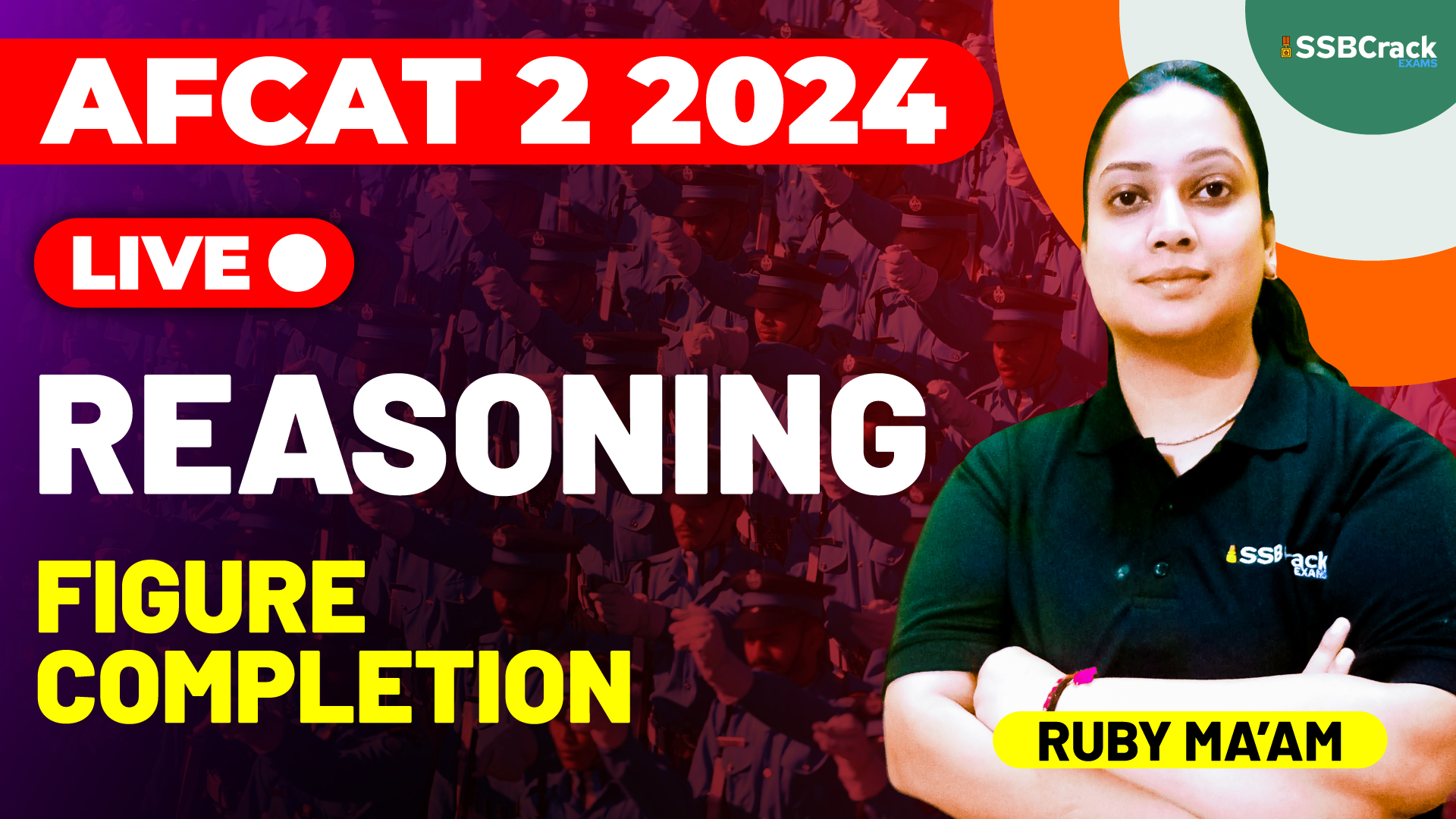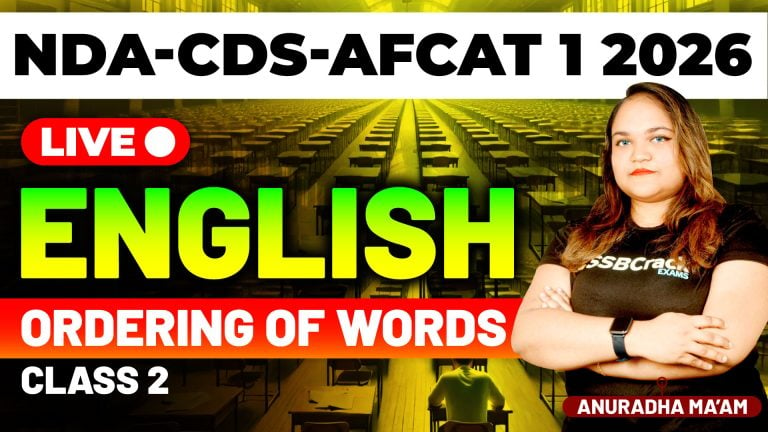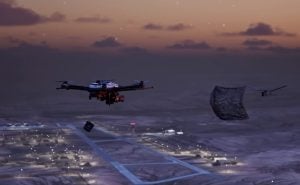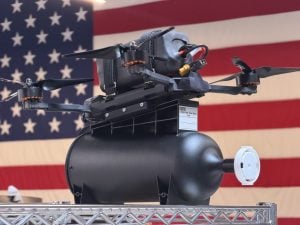Air Force Common Admission Test (AFCAT) is a gateway to a prestigious career in the Indian Air Force. This competitive exam assesses candidates on various fronts, including Verbal Ability, Numerical Ability, General Awareness, and Reasoning and Military Aptitude. Among these, the Reasoning section, particularly Figure Completion, plays a pivotal role in evaluating a candidate’s cognitive and analytical skills. Understanding and mastering this topic is crucial for aspirants aiming to secure a top rank in AFCAT.
The Significance of Figure Completion in AFCAT
1. Cognitive Skill Assessment
Figure Completion questions are designed to test an individual’s ability to perceive patterns, recognize relationships, and complete figures accurately. These skills are essential for any officer in the Indian Air Force, as they reflect the ability to analyze situations quickly and make sound decisions.
2. Enhancing Visual and Spatial Reasoning
This section specifically focuses on a candidate’s visual and spatial reasoning abilities. It requires understanding the visual representation of objects and their spatial relationships. In the context of military operations, these skills are invaluable for tasks such as interpreting maps, understanding aircraft schematics, and planning strategic movements.
3. Boosting Problem-Solving Abilities
Figure Completion tasks help in enhancing problem-solving skills. They train the brain to approach problems methodically, consider all possible solutions, and choose the most appropriate one. This is directly applicable to real-world scenarios in the Air Force, where quick and effective problem-solving is often required.
4. Improving Attention to Detail
The ability to notice minute details is crucial for completing figures correctly. This attention to detail translates into meticulousness in various aspects of military life, from routine maintenance checks to mission planning and execution.
Strategies to Excel in Figure Completion
1. Practice Regularly
Consistent practice is key to mastering Figure Completion. Regular exposure to different types of patterns and figures enhances familiarity and improves speed and accuracy. Utilize online resources, practice books, and past AFCAT question papers to build a robust practice routine.
2. Understand Basic Geometric Concepts
A solid understanding of basic geometric shapes and their properties is essential. Familiarize yourself with common geometric transformations such as rotation, reflection, and symmetry. This knowledge aids in quickly identifying the missing part of a figure.
3. Develop Pattern Recognition Skills
Improving your ability to recognize patterns is crucial. Engage in activities that promote pattern recognition, such as puzzles and games. This will help in identifying recurring themes and sequences in the figures, making it easier to determine the missing component.
4. Enhance Visualization Techniques
Work on your mental visualization skills. Practice imagining different parts of a figure and how they fit together. Visualization helps in mentally manipulating shapes and understanding how different pieces come together to form a complete figure.
5. Time Management
Time management is critical in competitive exams. Practice solving Figure Completion questions within a set time limit to improve your speed without compromising accuracy. This will help you manage your time effectively during the actual exam.
Conclusion
The Reasoning Figure Completion section in AFCAT is not just a test of visual acuity but a comprehensive assessment of various cognitive abilities critical for a successful career in the Indian Air Force. By mastering this section, aspirants can significantly enhance their overall performance in the exam. Regular practice, a strong grasp of geometric concepts, pattern recognition, visualization techniques, and efficient time management are the cornerstones of excelling in Figure Completion. As an AFCAT aspirant, dedicating time and effort to this topic will not only boost your exam scores but also prepare you for the analytical and strategic challenges you will face as an officer in the Indian Air Force.



















